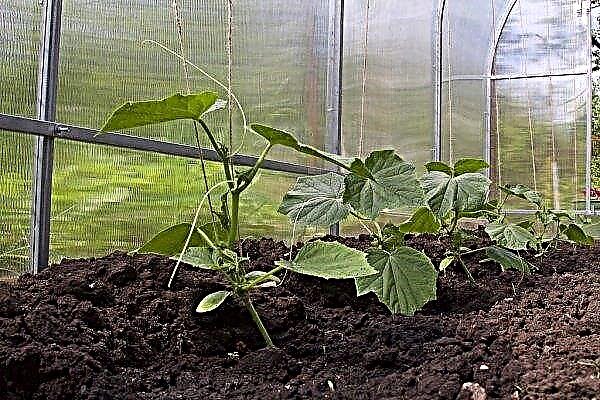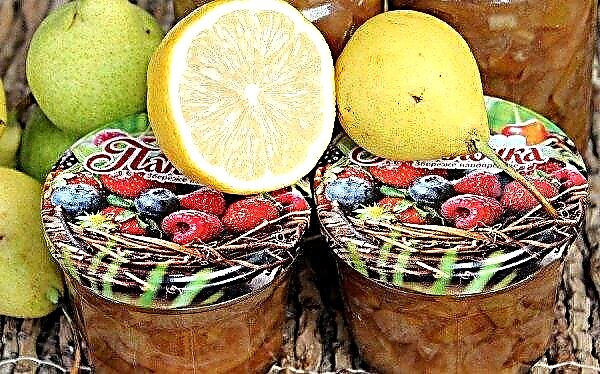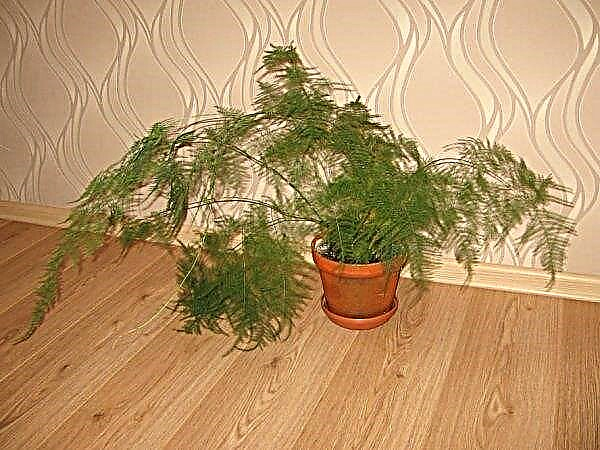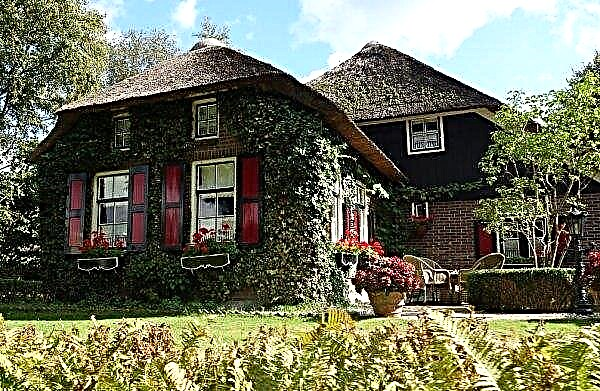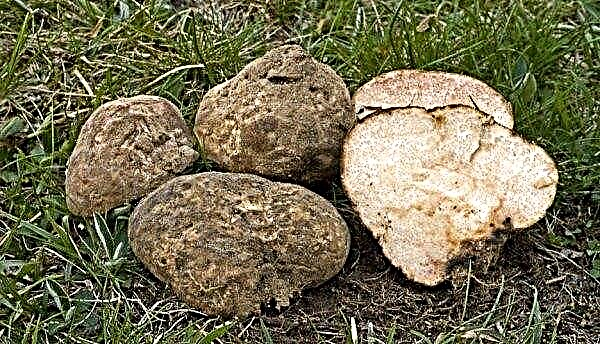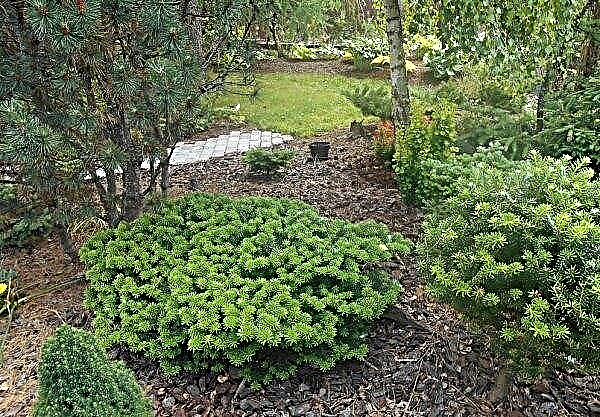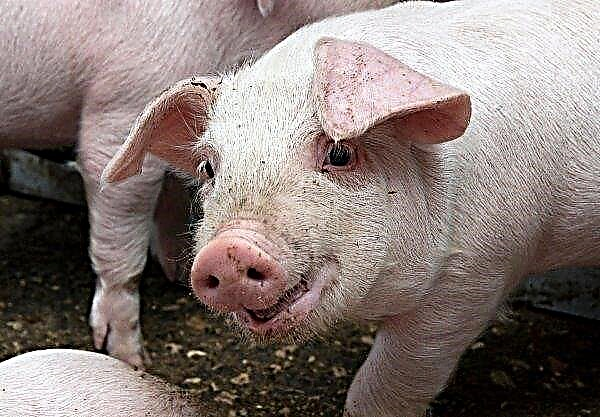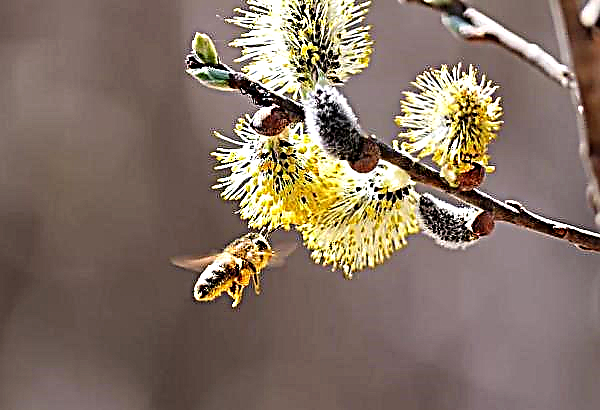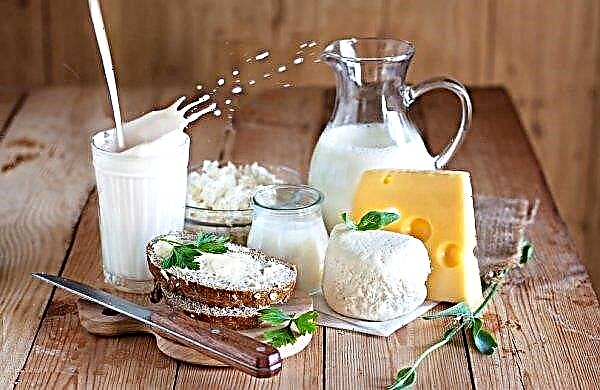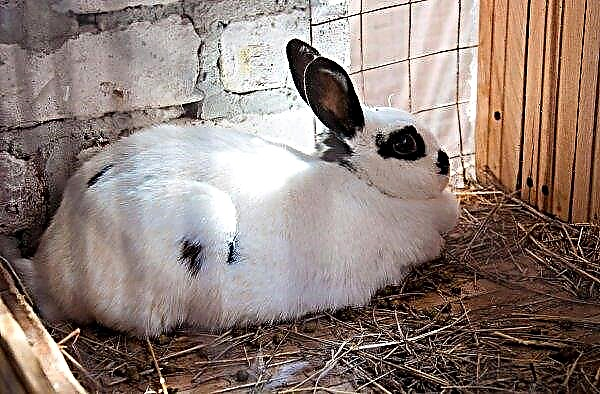For breeding rabbits at home, individual cells are most often made, which are expensive and take up a lot of free space. To save a lot of money, it is recommended that the animals be shedded. Consider what sheds are, whether you can make them yourself and how to care for rabbit dwellings.
What are sheds?
Shed is a frame open type of housing for rabbits with a canopy and a certain number of compartments for each individual or group. The basis of this design is a rectangular frame made of wood, metal or polycarbonate. Usually, sheds are built in 2 tiers, less often in 3 - this way significant savings in free space are provided. Separate sections for each individual are usually arranged in a row or cascade. The bottom row should be at least 70 cm from the ground - this will protect animals from dampness and allow you to keep warm in cold weather.
The floor in the sheds is usually made of a grid with small cells that allow you to get rid of the waste products of animals very quickly and without any difficulties.
Sizes of sheds are different: for young animals, the length of the compartment is usually not less than 60 cm, and adults make compartments from 1 m in length.
Features shedovogo rabbits
Method shedovogo growing contains elements of cellular and aviary methods. If climatic conditions allow, then animals are placed in open enclosures, and a temperate and northern climate will require the arrangement of an enclosed space.
Did you know? In the wild, rabbits rarely live more than 2 years, while domestic animals can survive up to 10 years. The Guinness Book of Records records a record: the oldest rabbit lived to be 19 years old.
The peculiarity of the shed keeping is the possibility of placing animals in a warm period of time on the street. This makes it possible to maintain a high level of ventilation, which ensures the absence of accumulations of vapors of ammonia, hydrogen sulfide, dust inside the cells. Such conditions are ideal for rabbits, stimulate reproduction, maintain health.
The technology for raising rabbits in the structures under consideration can, if necessary, be automated - with an established automatic feeding of food and the removal of waste from cells. Usually automated sheds are available at large farms.
Pros
- The main advantages of shed rabbit maintenance include:
- space saving - 200–250 individuals can be accommodated on a territory of 10 m²;
- low cost of materials necessary for the manufacture of the structure;
- the possibility of constructing structures with your own hands, which allows you to breed rabbits with minimal financial costs;
- ease of maintenance - thanks to the spacious, well-equipped compartments, the cleaning process is very quick and easy;
- ideal microclimate and living conditions - thanks to good ventilation and lighting, rabbits feel great and are less likely to get sick;
- reduced risk of infection of healthy individuals from patients - each animal is kept separately;
- reduction of animal injuries and damage to valuable skins due to fights - it is also possible due to the placement of individuals in an individual compartment.
Minuses
The disadvantages of the shed content include the need to warm structures for the winter or providing them with space in a warm room.
How to build a shed for rabbits on your own
Of course, you can buy a ready-made shed, but such a design is not cheap, therefore, to save money and confidence in quality, it is recommended to do it yourself.
Cell size and number
Before proceeding with the manufacture of the shed, it is necessary to determine the size of the future design. The number of cells will correspond to the number of adults that will be placed separately.
For each adult rabbit, as already mentioned, at least 100 cm of free space is left in length, maintaining a cell height of 50 cm. Young animals are made a place 60 cm long, and the cell height also does not change - 50 cm. Simple calculations will determine the number of cells and the size of the finished shed.
Important! If there are a lot of rabbits and to place a shed in 1 tier, you need to use a lot of free space, it is better to make a design in 2 tiers.
Tools and materials
In order to make a shed yourself, you must have the following building materials and tools:
- hacksaw for metal and wood;
- level;
- yardstick;
- scissors for metal;
- hammer;
- screwdriver;
- screws and nails;
- galvanized strips;
- mesh with small cells;
- bars;
- wooden planks of different sizes;
- corners;
- roofing materials - slate, polycarbonate.
Video: Drawings of sheds for rabbits
Step-by-step manufacturing instructions
Consider the instruction for the manufacture of a standard shed with cells 1 m long, 0.9 m deep and 50 cm high:
- Prepare 6 wooden planks that can be purchased or made independently, with dimensions: 30 mm in thickness, 30 mm in width, 50 cm in length. And also 4 planks of the same width and thickness, but 90 cm long, and 4 planks 1 m long.
- The first step is to make the cell framework, observing the selected size. To do this, connect the prepared strips, observing perpendicularity with the help of a level. Fix the strips with the corners - screw them with screws using a screwdriver.
- The next step is the manufacture of the bottom. Assemble it from wooden planks (it is better to use planks up to 25 mm thick, up to 20 mm wide and 90 cm long), which are stuffed onto the frame, observing a distance of 1-1.5 cm between the planks.
- Next, start preparing the grid. A galvanized material with a mesh size of 25 × 25 mm is suitable for cells. From the canvas cut 3 rectangles: 1 pc. - 90 × 50 cm, 2 pcs. - 50 × 100 cm.
- Fill the net on the wooden frame with the nails around the perimeter to avoid gaps.
- The front wall, which acts as a door, is made last. According to the measurements, connect the strips with screws and a screwdriver, fill the strips over the door frame. To prevent the rabbits from breaking the structure, reinforce the door with a mesh on top.
- With making the required number of such cells, connect them together with metal strips and cover with slate or polycarbonate material from above.
- Each cage should be installed on wooden legs-bars, which must be fixed on the bottom with screws and a screwdriver. The length of each leg should be 70 cm.
- Equip prepared cells with mounted feeders, tanks for grain and water.
Did you know? A rabbit weighing 2 kg drinks the same amount of water every day as a 10 kg dog.
Proper arrangement of the shed
Shed for rabbits should be arranged in such a way as to simplify the process of caring for animals, delivering food to them, cleaning, processing and checking, which should be carried out regularly. The tree, from which the floor is usually made, after some time undergoes destruction due to high humidity, becomes a home for bacteria, insects and mice. Therefore, it is recommended to concrete the floor, giving it a slight slope to divert fluid and waste products into one corner.
Each cage should contain a drinking bowl, a recess from a net for hay, metal containers for grain, straw mats. In addition, lighting should be equipped in the cells so that in the dark, it was possible to easily add food to containers or to clean.
In sheds, you also need to make windows that can be kept ajar in the summer for fresh air and sunlight.
For the winter, the structure is insulated, if possible - transferred to the barn, if not - use foam or cover with shield walls. Winter warming is a necessary procedure if rabbits are reared in warm climates. In a temperate climate, the structure must be placed for the winter in a warm barn.
Important! If the shed is equipped with windows, they must be covered with a net, which will serve as protection from predators and prevent rabbits from escaping.
Care Features
The care for rabbits living in sheds is practically no different from the peculiarities of caring for these animals with cellular content. Disposal of waste should be carried out regularly - daily or at least every other day. It is much easier to clean excrement and food debris from sheds than from ordinary cells, since waste is rolled down from the floor to a specific location due to a slight tilt.
Cleaning feeders and drinking bowls should be done once a week. To do this, they need to be removed from the cells and washed under running hot water without the use of chemicals. Replace the feeders and drinking bowls after they are completely dry.
Thus, the Sheds are considered the best housing for rabbits in the warm season. You can make the design yourself, using a minimum of financial resources and time, if you follow the recommendations in the article.

